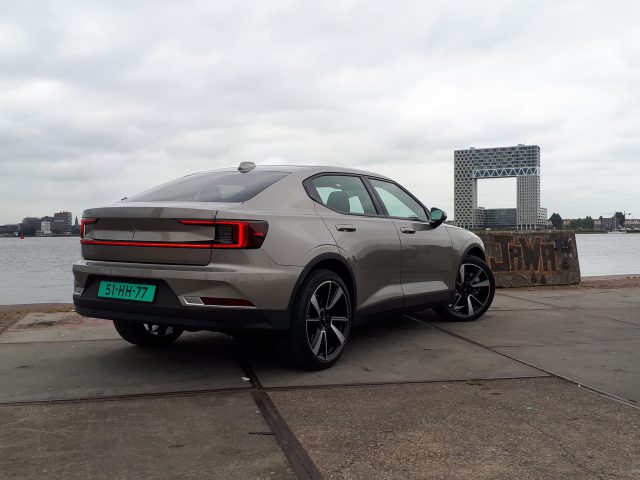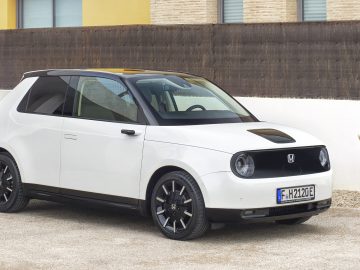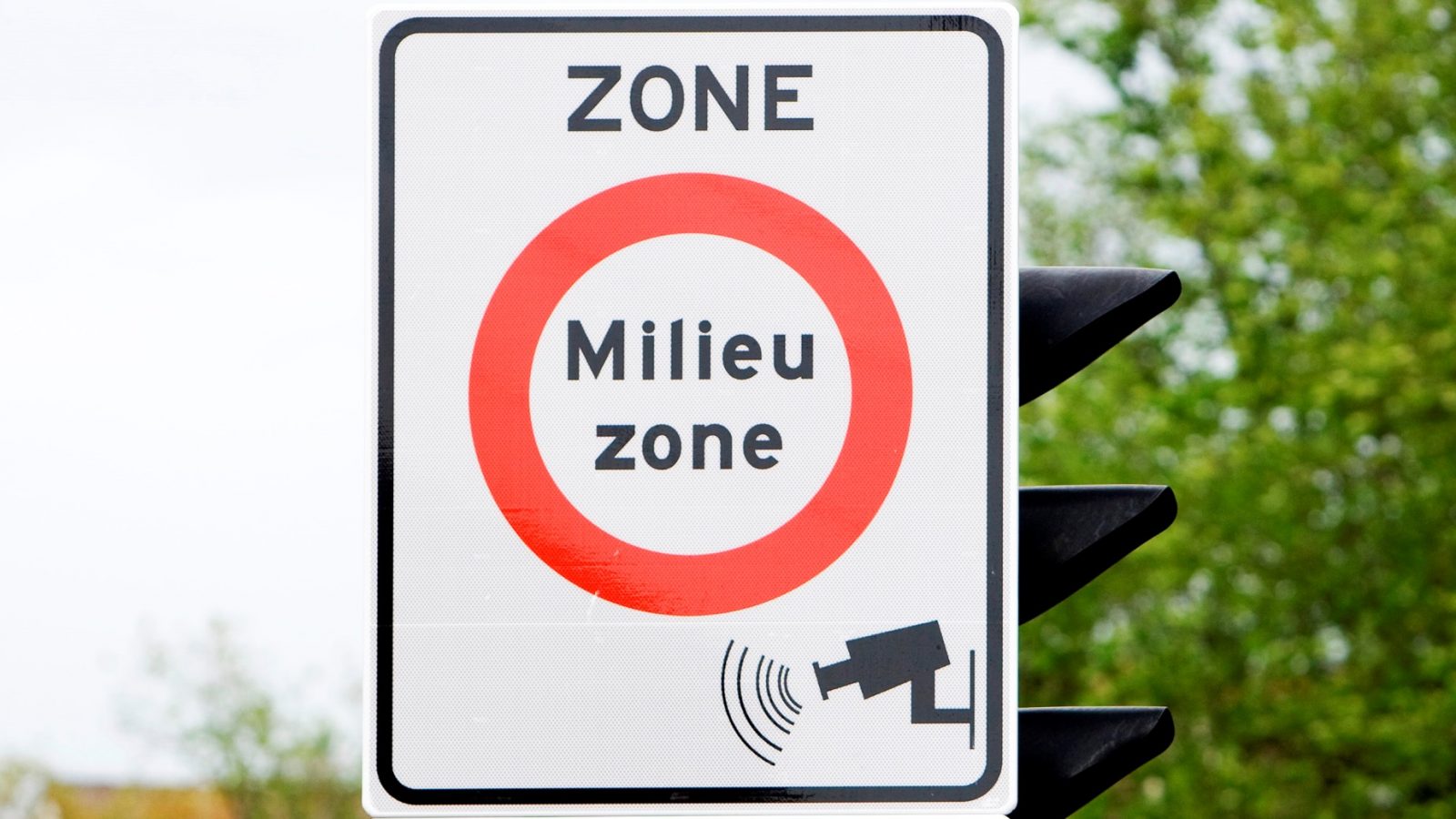Column – Environmental zones are harmful symbolic politics
Let’s start with some reassurance. The municipality of Amsterdam cannot simply introduce such a zero-emission zone. Environmental zones have been a national scheme since 2020. Fortunately, because a chaos of various environmental zones was already beginning to arise. Municipalities can now choose between two variants. Even with the strictest variant, the environmental zone only applies to diesels (and mopeds). Petrol car owners don’t have to worry for the time being. In 2025, the rules will be tightened up slightly. From that year on, municipalities may introduce a zero-emission zone for company cars.
Symbol politics
At first glance, an environmental zone sounds like a good thing. You keep out polluting vehicles and the air in the city becomes beautifully clean. It just doesn’t work that way in real life. In practice, environmental zones are mainly symbolic politics. Traffic is by no means the only thing that determines the air quality in a city. In fact, many other factors are much more decisive.
What about other emissions?
Will Amsterdam, for example, also ban emissions from Schiphol Airport, from the port and industrial areas of the city, from wood stoves, and so on in 2030? Or is it a short-sighted anti-car policy without factual substantiation? Last year research showed that one boat with the engine running in the port emits just as much as 31,000 trucks drive around on the A10 at the same time. This was a cruise ship of average size, comparable to freight ships that sail in and out. It also appears that even a braking cyclist with his brake pads already produces more particulate matter than a modern diesel engine.
Applies to all cities
Now Amsterdam is the reason and the example, but in this way it applies in principle to all cities that even within built-up areas road traffic does not play the largest role in air pollution. It is a bit too coincidental that cities that deem an environmental zone necessary, also have an airport, port and/or industrial area or are nearby. By the way, I also have the idea that the air quality is very quickly called ‘poor’ anyway, but that’s aside.
Traffic is not the biggest polluter
‘The car’ is often regarded as a major polluter, while in practice this is not so bad. An example based on particulate matter, the most important form of emissions for environmental zone policy. In general, ‘traffic and transport’ is responsible for a small third of particulate matter emissions in the Netherlands. Of that small third, 39%, only about 10% of the total, comes from road traffic. The share of specific passenger cars is therefore even smaller. Since air never stays in one place, certainly not in the Netherlands where there is often a strong wind, the proportions in the city are not much different. In addition, the emission of almost all harmful substances from traffic has already decreased considerably in recent years. Source for this paragraph: CBS .
Environmental zone increasingly pointless
As the share of electrically powered vehicles in traffic increases, the introduction of environmental zones will only become more pointless. If traffic already makes a limited contribution to poorer air quality, then with a larger share of electric vehicles this will be even less. The influence of the remaining fuel vehicles really doesn’t matter much anymore.
Two-stroke and soot clouds
I still understand measures against smoking two-stroke mopeds and those diesels from which you see the soot clouds. These are also the only vehicles that you are immediately bothered by when they drive by. For the rest, environmental zones are mainly symbolic politics that harm far more people than benefit from them.
More disadvantage than advantage
You force thousands (if not more) vehicle owners to purchase a newer and (therefore) more expensive vehicle. Not to mention how wasteful it is to massively replace well-functioning vehicles. Then there is the emotional connection that even many non-car enthusiasts have with their car. That while no one will notice an improvement in air quality. ‘Then you just don’t drive into the city’ is not an argument here. If you come to visit, a P+R on the edge of the city can be an excellent solution, but people also live in the city.
No objection to electric
Just to be clear: I have nothing against electric driving. In fact, there are now enough electric cars that are really nice and that I ‘even’ as a car enthusiast would like to have (if they were more affordable). I also have nothing against promotion for electric driving. What I am allergic to is the often irrational anti-fuel sentiment surrounding electric driving. Certainly if that also translates into short-sighted anti-fuel policy such as environmental zones.
(No) protest?
Actually, I hope I haven’t told you anything new in this column. However, the lack of protests against environmental zones suggests that far too few people realize how crooked and unnecessarily restrictive such regulations are. I hope that this column wakes people up and that one day they will stand up against the umpteenth symbolic politics to the detriment of the motorist.




